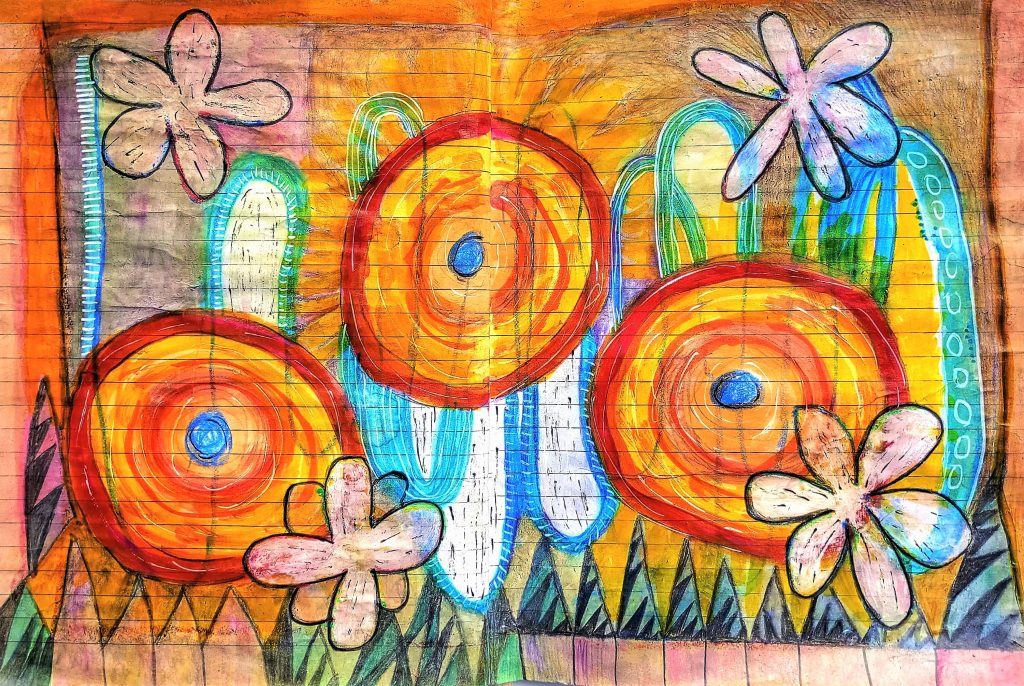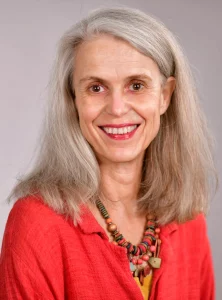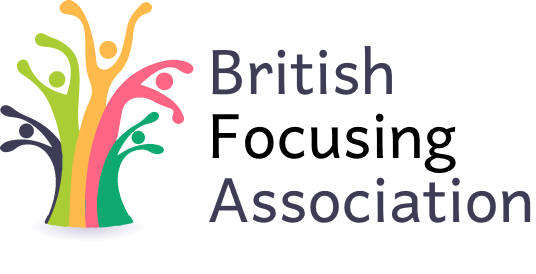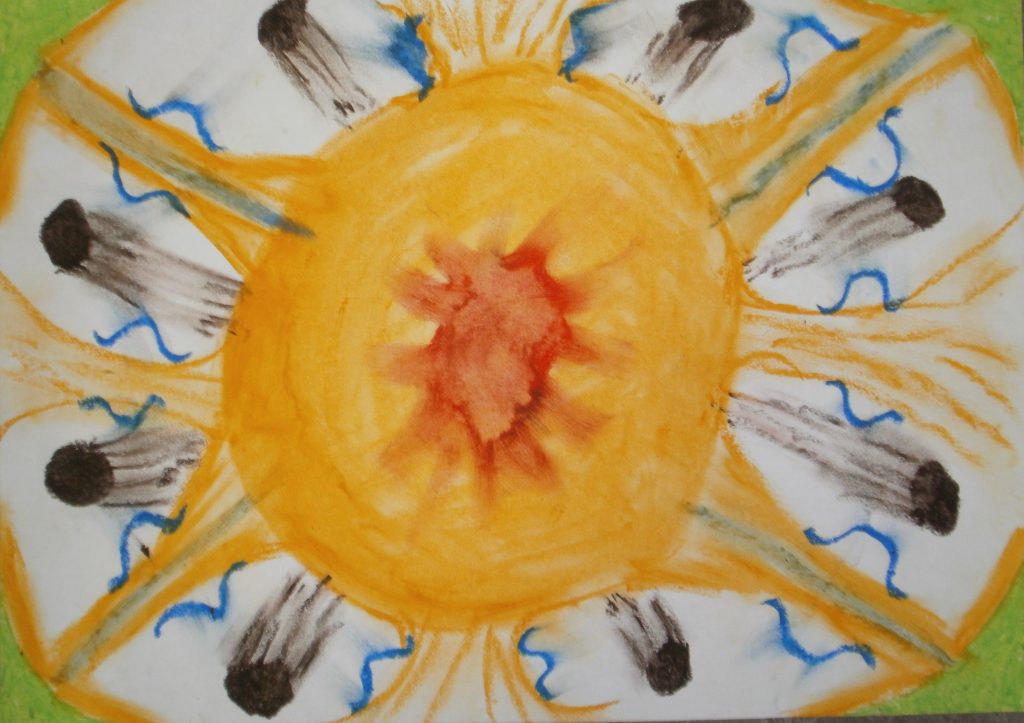
13th Oct 2023
Saying ‘no’ in presence: Setting limits through body sense. In Kypriotakis, N. and Moore J. (Eds), Senses of Focusing. Volume II. Athens: Eurasia Publications, pp.469-483.

Bodywork Decisions Philosophy Therapy Trauma
Any ‘no’ of a client can express a primary organismic No that has an implicit life enhancing target. The client tries to communicate that he or she is missing something that allows his or her body to make it’s living along with others. Expressing ‘no’ can create irritation, confusion or anger in everyday life and in a clinical setting. It may feel necessary to try and overcome a ‘no’. The chapter shows that two phases of ‘clearing a space’ allow the life yearning power of a ‘no’ to come into effect: The phase of ‘taking up space’ as a woman or a man in a very concrete and embodied way, and the phase of creating space usually known as ‘clearing a space’. Both phases enable the client to own his or her self-in-presence aligned to personal boundaries and to meet his or her self-esteem fully. A Focucing exercise on how to introduce the first phase in counselling and psychotherapy is presented.
Key words: primal No, organismic self-protecting shelter, stoppage, interactive responsiveness, dimensions of therapeutic presence, two-step process of coming into self-in-presence, aligning to one’s space and demarcation, existential self-expression, intermodal Focusing with the arts
The ìllustration (Owning one’s Front Garden © focuszart) shows internalised demarcation consciousness




